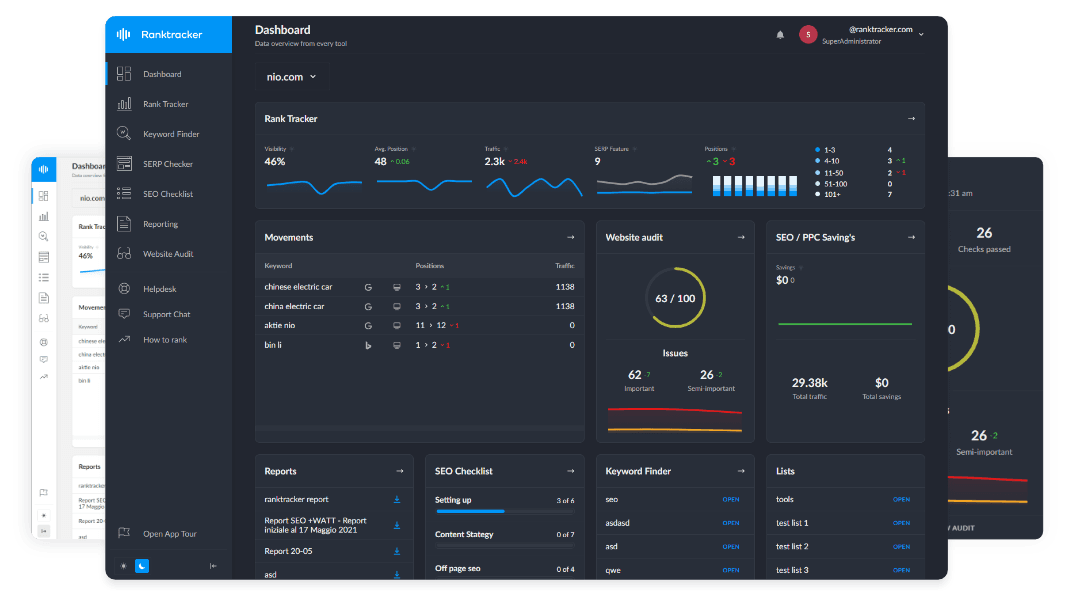Intro
Almost all companies today, including those in the iGaming industry, use artificial intelligence. This is clearly the case if you download applications like the ICE Casino app, where the machine seems to know what you like and what’s best for you. Can you use AI in the educational landscape? How?
1. Personalized Learning
Gone are the days when people learn the same thing. We now know that humans have different phases of learning. This is why academic institutions today recognize that some are fast learners and some are slow learners. Artificial intelligence is now in use to help students learn at their respective phases. For example, not everyone has to attend a class to learn a new language.
Here are some good examples:
- Duolingo – a language learning app.
- Socratic by Google – an AI app that helps you solve math problems.
The good thing about artificial intelligence is that it can help students learn after their classes. For example, the Socratic AI can explain a math question to a student, and this is accessible anytime. AI apps for education have varied specializations. While most apps focus on languages and STEM, there surely will be apps one day that can help students in other subject matters.
Some schools can use AI to assess the learning capacity of the child. If the student needs more support, then this technology can provide better materials that will help the child improve his knowledge according to his capacity.
2. Grading of Students
Checking test papers and exams is hard work. Teachers and professors spend so much time reading each submission. With AI, this work can be eliminated with little to no error in scoring. At a basic programming level, a machine can immediately determine if the answer is right or wrong. This is so simplistic that even Google Forms, when transferred to Excel, can have automated checking.
For advanced uses, artificial intelligence can check and score the following:
- Essays,
- Patterns,
- Coding,
The AI tool can also be of help in the linguistic area. If there are grammatical errors, it can point them out. The technology can also detect plagiarism and provide feedback to the student on how the paper could have been written in a better way. One good example of AI for grading tools is Turnitin. It is a machine that not only detects if the text is copied or lifted somewhere, but it also provides feedback on the overall quality of the article.
Right now, the feedback capability of AI is crucial. While it is easy to do this in essays and grammar, it is still hard to do this when it comes to scientific papers.
3. Chat Tutors
Who does not use ChatGPT? Everyone does. ChatGPT is no longer just a chatbot but also a tutor. The same thing goes with Google Gemini. These programs can answer all sorts of academic questions. The thing is that not all of them are accurate. As such, precautions are strongly advised.
The beauty of using chatbots as tutors is that they are available 24/7 to students. In addition, these chatbots are free. Parents do not have to spend a lot of money on tutors anymore. Just imagine how much money parents can save! In the academe, well-known programs are doing this now, like the IBM Watson Tutor. There is also the CourseQ app by Carnegie Mellon.
The All-in-One Platform for Effective SEO
Behind every successful business is a strong SEO campaign. But with countless optimization tools and techniques out there to choose from, it can be hard to know where to start. Well, fear no more, cause I've got just the thing to help. Presenting the Ranktracker all-in-one platform for effective SEO
We have finally opened registration to Ranktracker absolutely free!
Create a free accountOr Sign in using your credentials
AI tutors can do the following things:
- Provide straightforward answers to students.
- Give the students links to study materials.
- Help students understand an equation or grammar.
- Help students review; if they answered incorrectly, they could get feedback immediately.
Some AI bots or tutors can tell students which areas they need to study before an exam. The AI will focus the review on that area, and the student can concentrate on it instead of wasting time on other things.
4. Special Education
Some people are in a special situation, and as such, they need a different approach to learning. For example, the visually impaired will find it difficult to learn at the same speed as students who have no visual impairment.
One notable app for people with dyslexia is the Microsoft Immersive Reader. It is an AI-powered program that reads text aloud. This makes it possible for a person with the condition to understand the text without hearing it. There is also a program called Seeing AI. It assists students with blindness by guiding them about their surroundings. The AI program speaks aloud, so the person with visual impairment can hear the AI’s guidance.
Perhaps the only challenge is that some students may abuse it. There has been news where a student submitted an AI-written document for his scientific study. This is embarrassing, to say the least, but more importantly, it is dangerous.
If people like these get their doctorate degrees, one cannot begin to fathom the destruction they will bring. Worse, they may claim to have invented something, yet it was AI that did it. Some students may develop a dependency on artificial intelligence. All it takes is to ask a question, and the study will get an answer. Because of this, students will not develop their problem-solving skills.
Artificial intelligence is useful in education, not for cheating or getting answers for a report built for personalizing learning modules for each student. The faculty can also use AI to become efficient at doing their jobs, such as checking papers and other areas.

